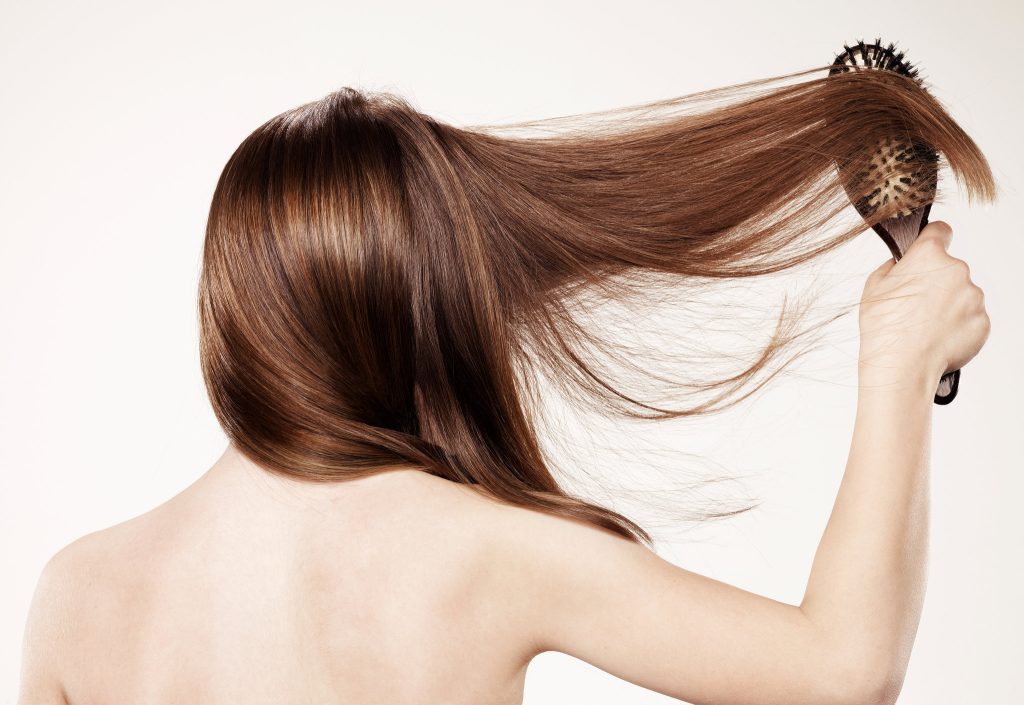Thinning hair is a common concern for individuals of all ages and genders. Whether caused by genetics, hormonal changes, stress, or other factors, the desire to maintain a full and healthy head of hair has led to various treatments.
From over-the-counter solutions to prescription medications and advanced therapies, the market offers many options. However, the question remains: do these treatments work?
Understanding the Causes
Before delving into the effectiveness of treatments, it’s crucial to understand the underlying causes of thinning hair. Genetics, hormonal imbalances, nutritional deficiencies, certain medical conditions, and environmental factors are common contributors.
Effective treatment often depends on addressing the specific cause, making a thorough assessment essential.
Over-the-Counter Solutions
Many people turn to over-the-counter treatments as a defense against thinning hair. These typically include shampoos, conditioners, and topical solutions containing minoxidil, biotin, and ketoconazole.
While some individuals report positive results, the efficacy can vary. Minoxidil, for example, is FDA-approved and has successfully promoted hair growth for some users. However, results may be different, and consistency in use is critical.
Prescription Medications
For more severe cases of hair loss, prescription medications may be recommended. Finasteride, an oral medication, is commonly prescribed for men experiencing male-pattern baldness.
It works by inhibiting the hormone dihydrotestosterone (DHT), which is linked to hair loss. Women may be prescribed medications like spironolactone to address hormonal imbalances. These medications can yield positive results, but potential side effects should be carefully considered.
Advanced Therapies
Technological advancements have given rise to innovative hair restoration therapies in recent years. Platelet-rich plasma (PRP) treatments involve drawing a patient’s blood, processing it to concentrate platelets, and injecting the PRP into the scalp.
This approach aims to stimulate hair follicles and encourage growth. Similarly, low-level laser therapy (LLLT) devices like red light therapy beds are designed to stimulate hair follicles through exposure to low light levels. While studies are ongoing, some users report positive outcomes.
Hair Transplants
For those seeking a more permanent solution, hair transplant surgery is an option. This involves transplanting hair follicles from one part of the body (usually the back of the scalp) to areas experiencing thinning or baldness.
Hair transplants can yield natural-looking results, but surgical procedures carry risks and require careful consideration.
Conclusion
The effectiveness of treatments for thinning hair varies from person to person, and no one-size-fits-all solution exists. Before embarking on any treatment, individuals should consult with a healthcare professional or a qualified hair specialist to determine the underlying cause of hair loss.
Understanding each option’s potential risks and benefits is essential for making informed decisions. While some treatments have shown promise, there is no magic cure for thinning hair.
Combining treatments, healthy lifestyle, and stress management can improve outcomes.
It’s essential to set realistic expectations, be patient, and consult with experts to create a personalized approach to address individual needs and concerns.

